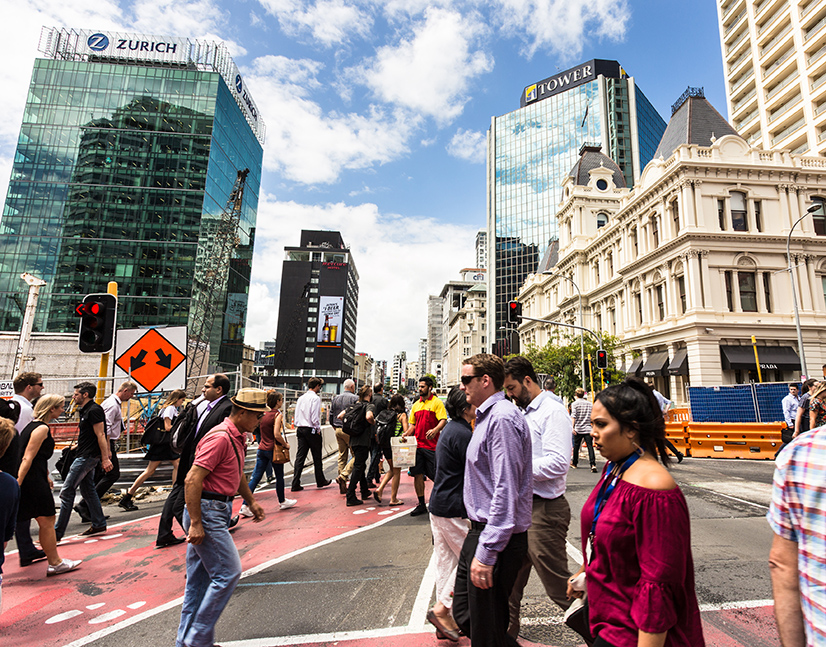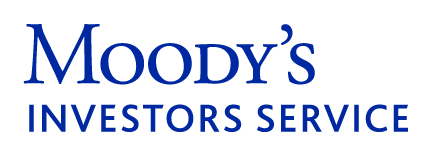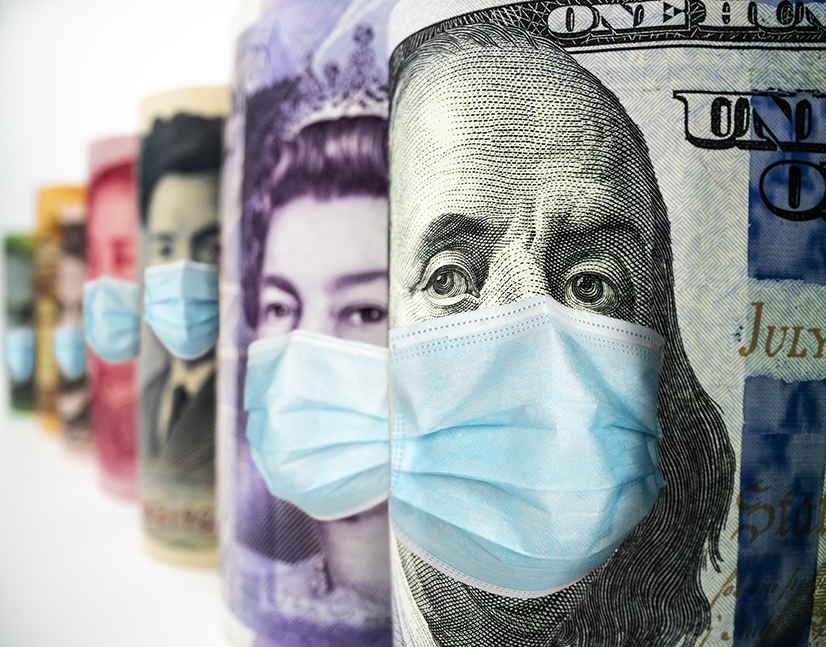
The COVID Diaries: corporate borrower 5
The following interview is with an Australian-based corporate treasurer. It was conducted on 11 May 2020.
Does your business have a timeline for returning to office working – and are you looking forward to it?
We have a return-to-work plan which has evolved over the last few weeks. The focus in recent conversations has been on how we will set up our office space to accommodate social distancing when people come back in. We will likely be operating at around 50 per cent office capacity with alternating teams coming in, which is similar to what other large corporates are planning.
This is something we will implement in stages between now and the end of June, although it could be accelerated depending on the guidance coming from government. There is state-by-state inconsistency because we have a presence across the country. The bulk of our people in the field and in the office are in Victoria and New South Wales so we will look at the guidance from these states in particular.
Our expectation is to have at least the alternating teams approach in place by the end of June. But one of the things it will need to align with is when kids are going back to school so parents are actually able to come into the office.
And yes, I am personally looking forward to it. I have children who are looking forward to going back to school and my wife usually runs her business from home anyway, so we are all cramping her style at the moment.
Are you comfortable with the focus shifting to an easing of restrictions now?
Personally, looking at where we are now with the effectiveness of the virus suppression strategy, it seems we are ahead of what was hoped for 6-7 weeks ago.
However, you do not have to read much to get a consensus view that the economic impact is going to be significant so the more we can bring people back into the workforce and get people employed again, rather than on the subsidy package, the better.
Also, the sooner we do this the more we can mitigate the risk of smaller businesses never reopening either from them not being able to financially or on account of the societal shift in how people are spending their time and discretionary dollars.
The sooner the better, but it does need to be on a measured basis. We are in a good position with a robust health system that can take this on, considering we have not had a lot of cases requiring intensive care treatment.
“I think there has been some complacency come in as infection rates have fallen. An increase could change this and push people to focus on working within a new world, which could be good for maintaining eased restrictions in the long run.”
Are you more or less optimistic about the crisis than you were during the early acceleration period of moving to home working and adding social distancing measures?
I think there has been some complacency come in as infection rates have fallen. An increase could change this and push people to focus on working within a new world, which could be good for maintaining eased restrictions in the long run. We will be living with a form of social distancing for a while, but I am more optimistic than I was.
I am more concerned with how the economic consequences play out globally and there could also be some interesting geopolitical consequences that play out. Given the respective rates of infection, it would be conceivable that we open borders to China before we do to the US.
How do you think things will be different when we get back to normal? What changes can you see to work practices, social changes and the economy?
If we do, things like immigration processes will likely look different to what they have in the past. This will put a frame around the necessity and requirements of international travel and interstate travel will probably be at much lower levels than it has been in the past.
The way we use office space will also change. At our main office we were already trying to run the office at 70-80 per cent capacity by having eight desks for every 10 people in the team. There was a lot of pushback on this before, but I do not think there will be any now. This has taught people to think differently about how they work, which presents opportunities to release or reallocate some commercial presence.
There will then be a whole range of elements around how people get to and from work that need to be considered. It is difficult to see how things like public transport can function as they have previously, at least for the interim period before we have confidence that infection rates are under control.
We have been asking people what they have been reading relating to the crisis but we think everyone has seen enough by this stage. So what are your entertainment recommendations for lockdown?
KangaNews is your source for the latest on the COVID-19 pandemic’s impact on Australasian debt capital markets. For complete coverage, click here.














